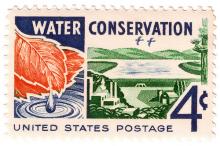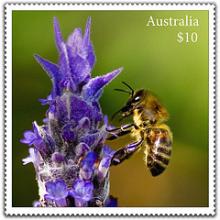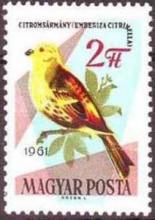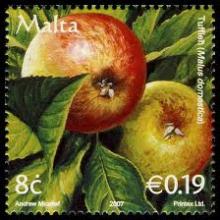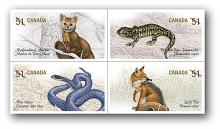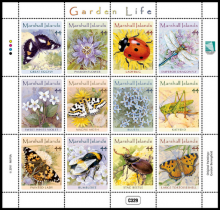11 Bestrijdingsmiddelen kwamen in 2011 normoverschrijdend voor in het beheersgebied van het Hoogheemraadschap Hollands Noorderkwartier
Het Hoogheemraadschap Hollands Noorderkwartier is verantwoordelijk voor de kwaliteit van het oppervlaktewater in haar beheersgebied. In het onderzoek over 2011 zijn ruim honderd gewasbeschermingsmiddelen gemeten. Voor elk van deze middelen is er reden om aan te nemen dat ze mogelijk een probleem vormen in het gebied van Hoogheemraadschap Hollands Noorderkwartier. 44 bestrijdingsmiddelen zijn in 2011 aangetroffen. In Purmerend werden de minste stoffen (12) aangetroffen, in de Anna Paulownapolder de meeste (27). 11 van de onderzochte stoffen overschreden de geldende norm (Methyl-pirimifos, Fenoxycarb, Carbendazim, Imidacloprid, Dinoterb, Pirimicarb, Iprodion, Spinosad, Pyraclostrobine, Aldicarbsulfoxide, Diazinon). Twee van deze normoverschrijdende gewasbeschermingsmiddelen (Dinoterb en Diazinon) zijn in Nederland niet toegelaten.

